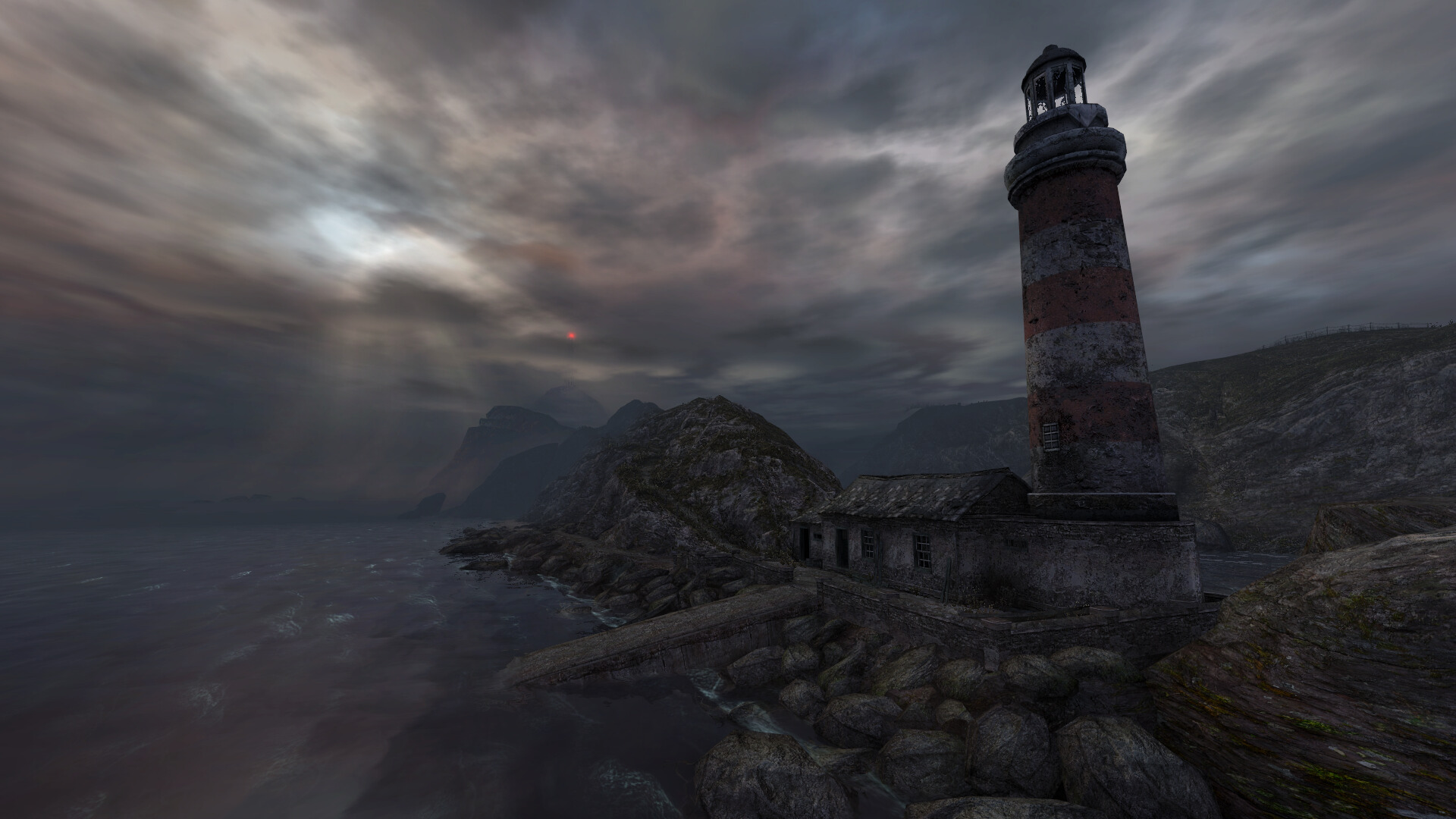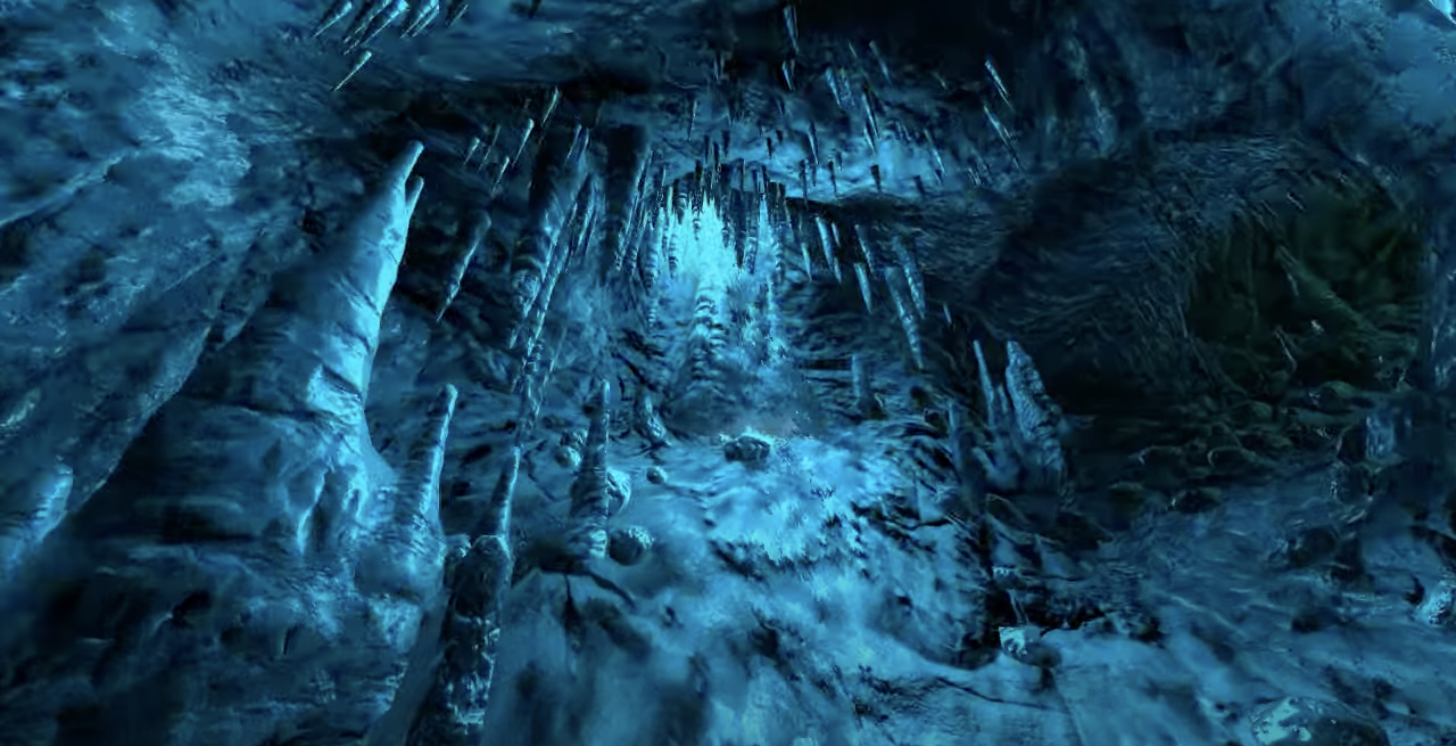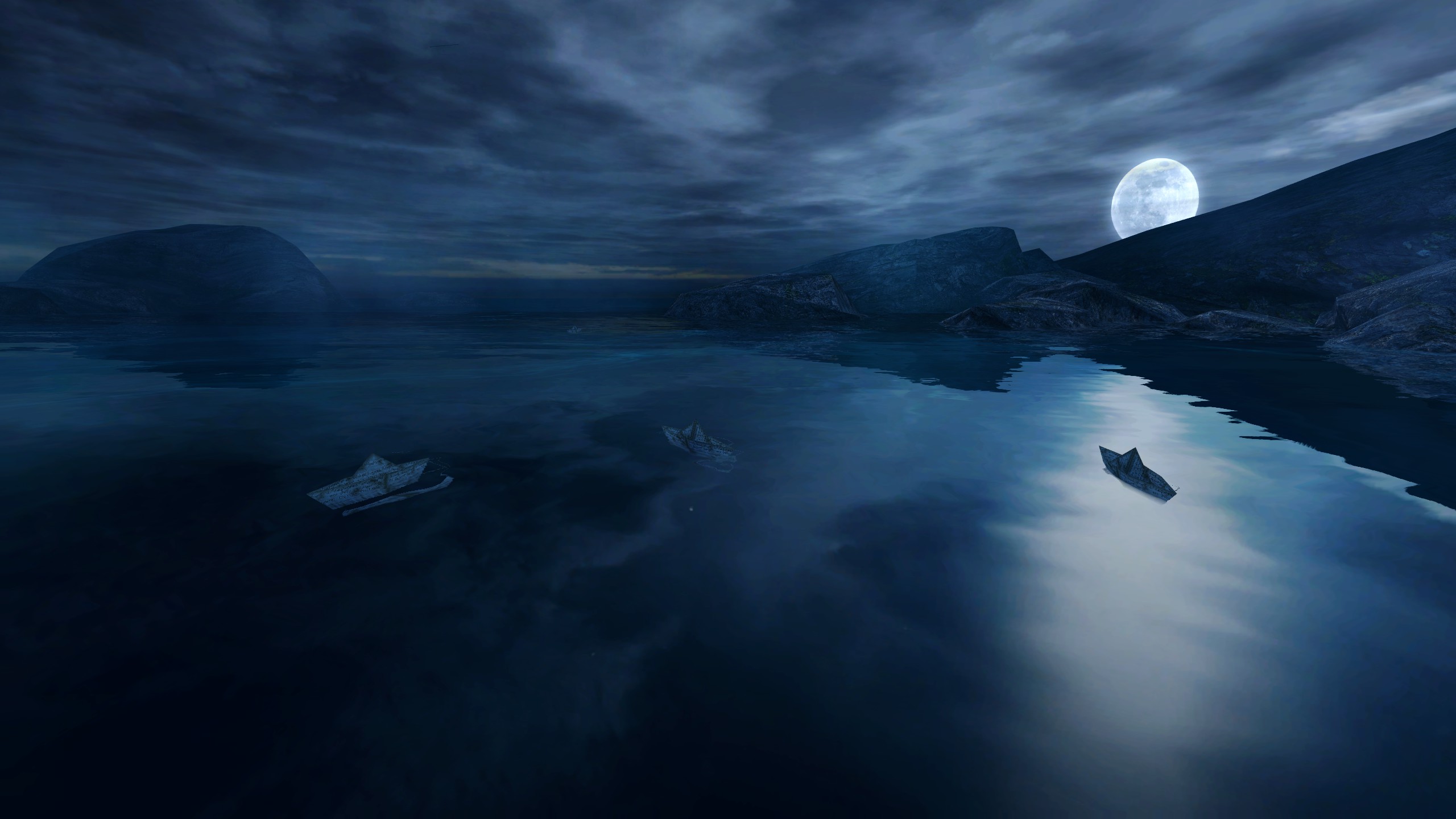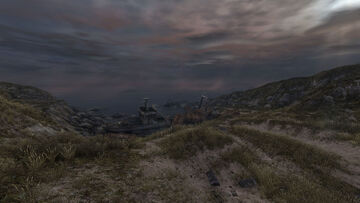Name of game, creator, and platform
I played The Chinese Room’s Dear Esther on PC.
Target Audience
Its target audience includes casual gamers who prefer a lower skill threshold. Those who don’t play video games but appreciate art, fiction, and narrative in other forms are also in the audience.
Important Formal Elements of the game
Walking tells the story primarily through Dear Esther‘s combination of rules and procedure. It is inevitable when discussing walking simulators to note the game’s absence of complex mechanics as opposed to its presence of the walking mechanic. But in terms of design, this absence functions basically as a very present rule: the only way to beat this game is to walk. By imposing a slow speed and stripping away any interesting actions, the game forces you to find interest outside of what you can do in the world and toward the world itself.

This rule is critical to making the rest of the procedure work. Since now the game has forced you to pay attention, it can tell you a story through the environment. A theme of the narrated story is the ambiguity between genius and madness. And Dear Esther illustrates how the “show, don’t tell” rule applies in the medium of games. There are small storytelling moments sprinkled throughout that an impatient, unengaged player will miss. A tiny human silhouette visible on the horizon. Dreamlike music cutting when you emerge from water. Candles and paper boats where they shouldn’t be. It isn’t clear whether characters in the narration have genius revelations or disease-induced psychosis, and this ambiguity is gently impressed on the player who only notices these story elements because they’re paying attention to surroundings.
Type of fun game intended, and if it met its goals
The game intends to use fun as narrative and as discovery. Making the player pay attention to tiny details in a more mundane setting is an important foundation for building the stakes of the narrative. By paying attention to the narrated story in synthesis with environmental story, we slowly realize we’re walking in a world that has changed significantly from that of the narrator and other past characters. This reveals an embedded narrative beyond the story of what the narrator’s saying, there’s the story we’re discovering as we walk: what happened after?

Embedded narrative works best when it is synthesized with fun as discovery. From the start, tiny discoveries are always available (my favorite was a Bible next to a Chemistry book) that pique your imagination. These “loops” build a reward for curious players that pays off in critical narrative “arcs”. At one point, you are pushed from open-to-explore, moonlit caverns into a dark, narrow tunnel as the narrator shares a sense of despair and frustration with his mental deterioration. But as he reaches a epiphany, you emerge into an ethereal, impossibly-lit place and take a leap of faith into a deep opening. The narration is successfully combined with spatial storytelling: widening and narrowing movement, playing with light and color, elevation creating tension and descent creating release.
Moments of particular success and epic fails
My favorite moment was when the story quite literally explored how words tell story in space. One of the stories was that those dying would cut horizontal lines into the cliff, exposing the white chalk. In actuality, when you ascend up to the cliffs, they’re Bible verses about Paul and Damascus that one of the characters wrote. A nice illustration of narrative and natural discovery!

The game’s biggest epic fail is in its ending. You face a ladder to ascend to the top of a radio tower, and then the game takes away your freedom and makes you watch yourself climb and fly. In a game where walking (and swimming!) felt so empowering it was a shame that we didn’t end with some kind of grand finale where you could at least climb a long ladder for the first and only time.
Things you would change to make the game better

Above is an area that epitomizes my greatest frustration with the game. The slowness of the walking simulator meant that if I didn’t know where I was going or where I just came from, especially in a sprawling area, I had to retread ground until I “stumbled” onto the right area. The main path (i.e., main story!) should be clear and obvious, and optional exploring areas should not feel as important as the main one.
I also loved how swimming led to more storytelling but wanted to see a new mechanic arise out of the story. I wanted to climb on the white cliffs that the narrative revealed, and to climb the ladder with anticipation as I approached the pivotal finale!



